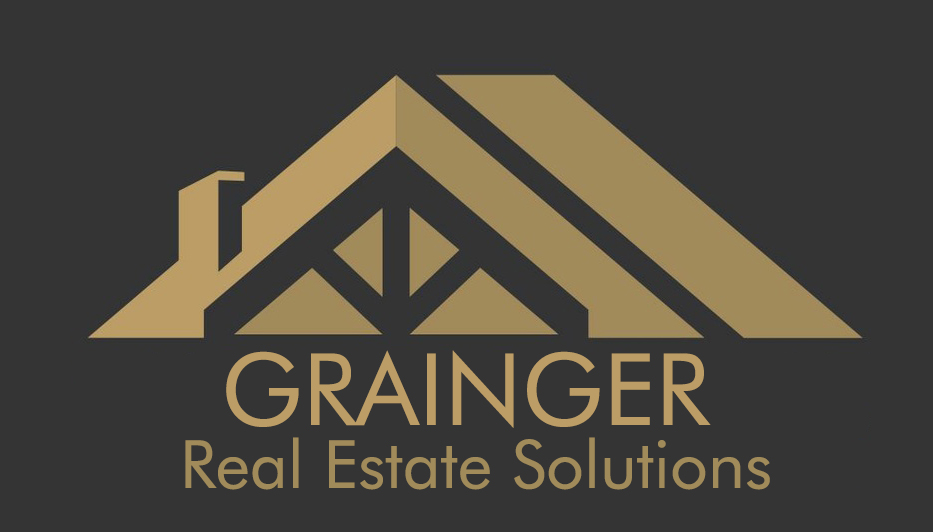When getting into a new business, there are so many new terms to learn. We have compiled a list of common terms used in Real Estate Investing to make the transition a little bit easier.
Cash Flow: Cash flow refers to the amount of money an investor can pocket at the end of each month.
–Rental Income-Operating Expenses & Loan Payments=Cash Flow
Amortization: Mortgage payments are amortized when they include both interest and principal payments. This allows the borrower to build equity from the first payment.
Exit Strategy: An exit strategy is how an investor plans to cash out on a property. Two examples of exit strategies are: one, renting out a buy-and-hold property; and two, selling a rehabbed property.
Return on Investment (ROI): ROI Refers to the net profit of an investment property, relative to its total cost.
LTV: Loan-to-Value or LTV is a ratio used by lenders to measure the amount of the loan relative to the value of the property. Lenders prefer properties with lower LTVs by offering lower interest rates. Buyers can lower the ratio by making a larger down payment.
Motivated Sellers: Property owners may be motivated sellers if they are in a time crunch, are nearing foreclosure, or own property out of state.
Flipping: Flipping a home refers to purchasing a home, renovating or making repairs/improvements, and then putting it back on the market for a profit.
Short Sale: When the property owner’s current mortgage exceeds the current value of the home, the lender may approve listing the property at a lower price.
After Repair Value: The After Repair Value or ARV is an estimate of the property’s value after repairs and renovations have been made.
Distressed Property: A property is considered distressed when the property owner defaults on their mortgage payments, has delinquent property taxes, or the property is condemned due to disrepair.
BRRRR: This is an investing acronym that stands for Buy, Rehab, Rent, Refinance, and Repeat.
Turnkey Investing: A turnkey property describes a property that has already been repaired and updated to current market standards.
Comparables and Comparative Market Analysis: Market analyses compare the recent sales of similar homes in close proximity to estimate the value of a property. This same process is also used to develop the ARV of a property.
1031 Exchange: A 1031 exchange is a tax process that allows property owners to defer paying taxes on capital gains by reinvesting proceeds from one investment property into a similar investment. Link 1031 exchange blog post here
SDIRA Investing: Self-Directed Individual Retirement Arrangement Investing is using your IRA or retirement account to invest in real estate.
Wholesaling: An individual, a “wholesaler,” acts as the middle man between a seller and an end buyer. The wholesaler acquires a contract from the seller and assigns the same contract to an end buyer.
1% Rule: The calculated monthly rent for a property should be at least 1% of the total purchase price.
2% Rule: The 2% rule suggest that a rental property is a good investment if rent is equal to or greater than 2% of the purchase price.
50% Rule: On average, half of the income a property generates will go towards operating expenses.
70% Rule: This rule applies to flips. You should spend no more than 70% of the home’s ARV minus the costs of repairs on a property.



Everything is very open with a precise clarification of the challenges. It was really informative. Your website is useful. Thanks for sharing!
Itís hard to find knowledgeable people about this topic, however, you sound like you know what youíre talking about! Thanks